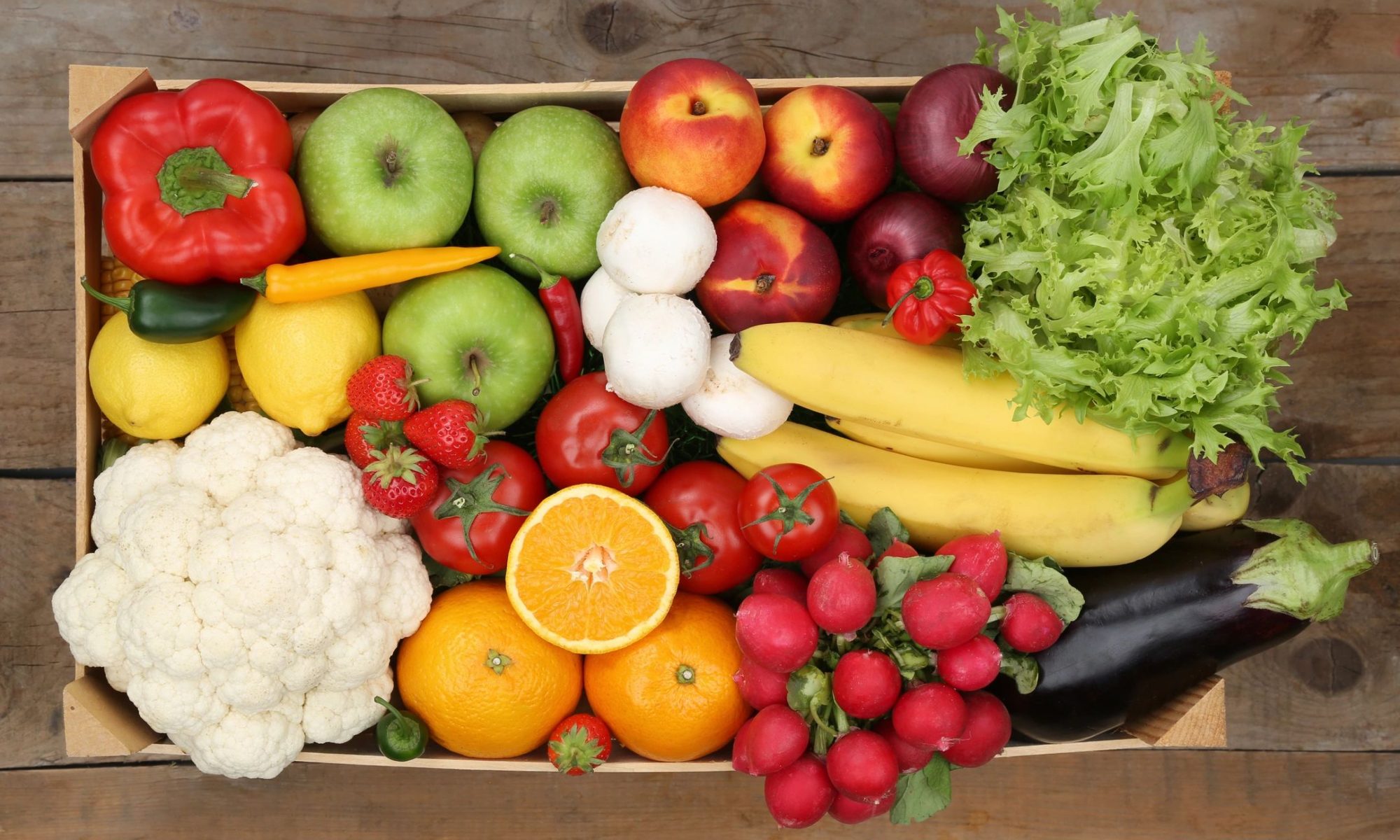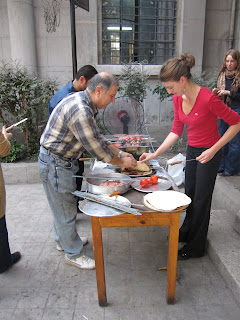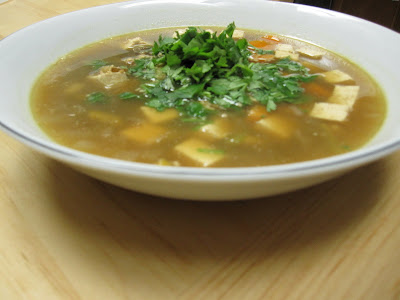Richly spiced, hearty lentils and a leafy promise of Spring make a dish that smells as good as it tastes. A tarka is a delectable combination of fat and spices, added to the lentils just before serving. Divine.
I use olive oil in just about anything because it’s unequivocally a healthy fat, but you may wish to use vegetable oil or butter or ghee if you don’t like the olive oil flavor.
I had no cooked grains around and didn’t have time to wait to cook them, so I made this whole wheat/flaxseed flatbread with onion and cumin seeds to accompany our meal. It had a nice onion kulcha effect.
When I perfect the recipe, I’ll pass it on. In the meantime, try my Chickpea-Flax Skillet Flatbread.
I’m having so much fun with my Winter farmshare!
Time: 30 minutes
Serves: 4 with rice or flatbread
1 onion, diced
2 T vegetable oil or olive oil or, if you’re feeling daring, ghee
2 potatoes, diced
1 c lentils, yellow or brown
2 1/2 cups vegetable stock or water
1 handful baby spinach
1/2 c milk, cream, coconut milk, soy milk, or soy creamer, or more to taste. Yogurt might work here too.
salt
Tarka:
1 T curry powder
2 T butter, ghee, vegetable oil, olive oil, or “good fat” margarine like benecol or smart balance
zest of one lemon
1 pinch salt
freshly ground black pepper
1. In a medium saucepan over medium heat, sweat the onions and a pinch of salt for 3-5 minutes. Meanwhile, chop and add the potatoes.
2. Add the lentils and stir. Add the stock or water, bring to a boil, and reduce heat. Simmer until lentils are just tender. This can take as little as 10 minutes for yellow lentils and 20-30 minutes for brown lentils. Add liquid if necessary.
3. Meanwhile, in a small skillet over medium heat, melt the butter/ghee/margarine or heat the oil until shimmering. Stir in the lemon zest. When fragrant, add the curry powder and a pinch of salt. Stir, then turn off the heat.
4. Stir the tarka into the lentils. Turn off the heat. Add the spinach and stir in — it will wilt on contact. Stir in about half of your milk of choice for richness. Spoon into bowls, drizzle with additional “milk,” and serve.

































